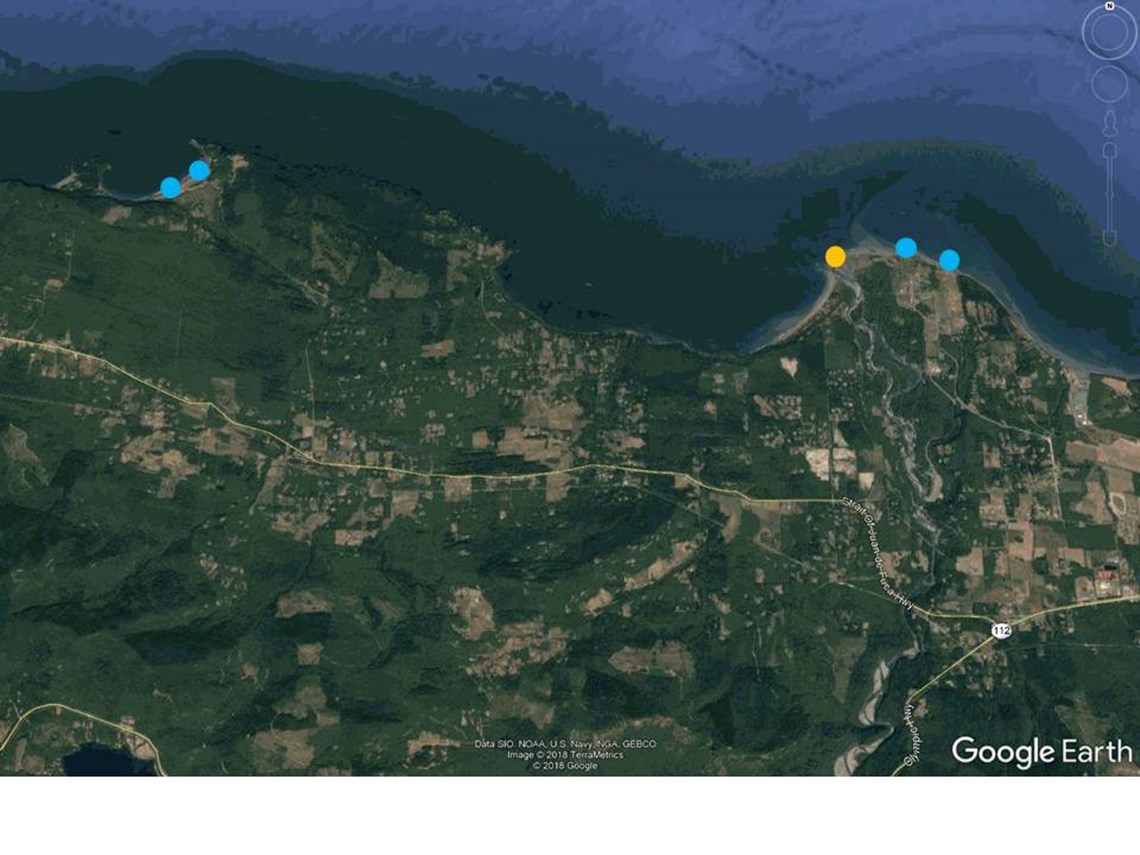Forage Fish Survey
Forage fishes are small schooling fishes that form a critical link in the marine food web between zooplankton and larger fish and wildlife consumers. Status of forage fish populations can be an indicator of the health and productivity of nearshore systems. Forage fish occupy every marine and estuarine nearshore habitat in Washington, and much of the intertidal and shallow subtidal areas of the Puget Sound Basin are used by these species for spawning habitat.
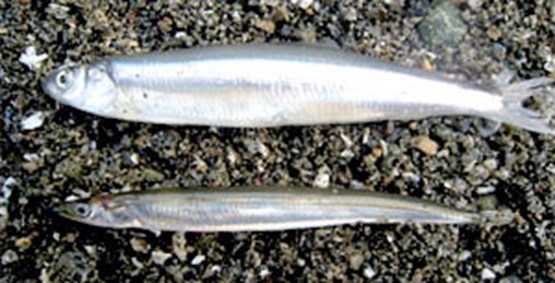
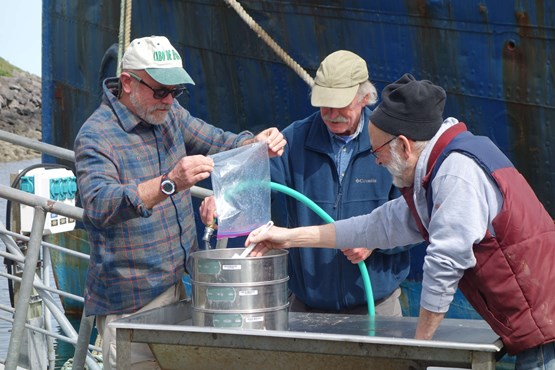
In 2016 Clallam MRC joined the Northwest Straits Commission's forage fish monitoring efforts. Three Clallam MRC members and the project coordinator participated in a day long training provided by Washington Department of Fish and Wildlife. Find more information at WDFW on the survey methods and an interactive map over forage fish spawning in Puget Sound. The Quality Assurance Project Plan is available here.
The monthly forage fish samples are submitted to Washington Department of Fish & Wildlife for analysis. The analysis is qualitative and is only used to confirm presence/absence of forage fish. To be considered present at least 2 eggs have to be seen in a sample. Additional results of forage fish surveys conducted along the Strait of Juan de Fuca can be seen at the WDFW website.
In addition to the monthly sampling Clallam MRC has participated in the intensive summer sampling event conducted by WDFW between 2017 and 2019. The CMRC members and volunteers collected forage fish samples at 9 - 14 beaches between Pitship Point near Sequim and Crescent Beach west of Port Angeles. The intensive sampling event was cancelled in 2020 because of Covid-19.
Sequim Area
Starting in 2016, Clallam MRC conducted monthly surveys at two locations - Pitship Point adjacent to John Wayne Marina and at a public beach near Old Town east of Dungeness River. After 18 months and no eggs the effort was moved to Cline Spit. Cline Spit is a prolific spawning ground for surf smelt - eggs have been observed in every month since May 2018 except March 2019. Sampling was continued at this site in 2020, but because of Covid-19 none of the samples have been processed by WDFW.
The map shows the results of the laboratory analysis of the samples collected in the Sequim area between 2016 and 2019.
Circles: blue - no eggs (any species), orange - surf smelt low number of eggs, red - surf smelt greater than 10 eggs in a sample.
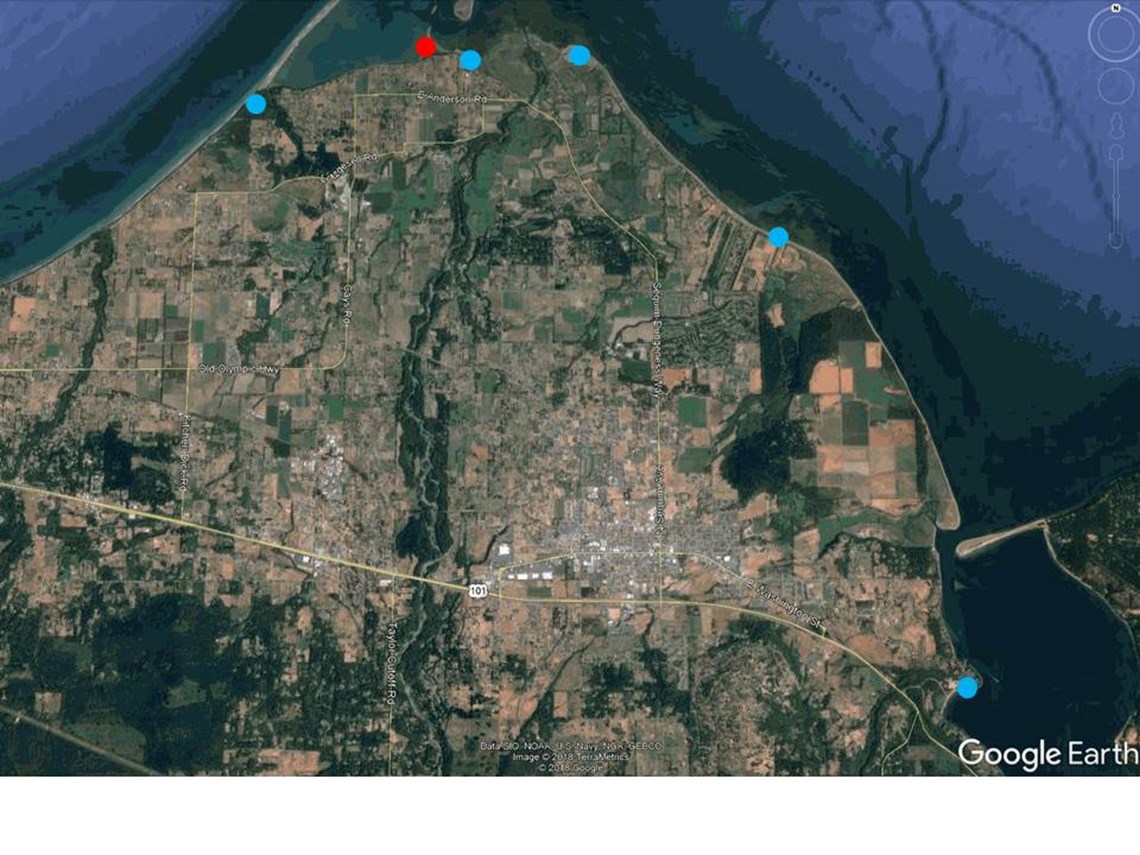
Port Angles Area
In April 2017 the sampling effort was expanded to include two sites on Ediz Hook. The sites were selected by the Lower Elwha Tribe in an effort to document forage fish spawning in the newly restored area along the inside of the spit. Since sampling commenced the sediment along the inside of the spit has coarsened and as a result the sampling locations have been moved progressively further to the west. The 2019 and 2020 sampling effort focused on the West Rowing Club and Tesoro Beach sites. Because of Covid-19 none of the samples collected in 2020 has been processed by WDFW.
The map shows the results of the laboratory analysis of the samples collected in the Port Angeles area between 2017 and 2019.
Circles: blue - no eggs (any species), orange - surf smelt low number of eggs, red - surf smelt greater than 10 eggs in a sample.
Triangle: orange - rock sole low number of eggs, red - rock sole greater than 10 eggs in a sample.
Rectangle: orange - sand lance low number of eggs, red - sand lance greater than 10 eggs in a sample.
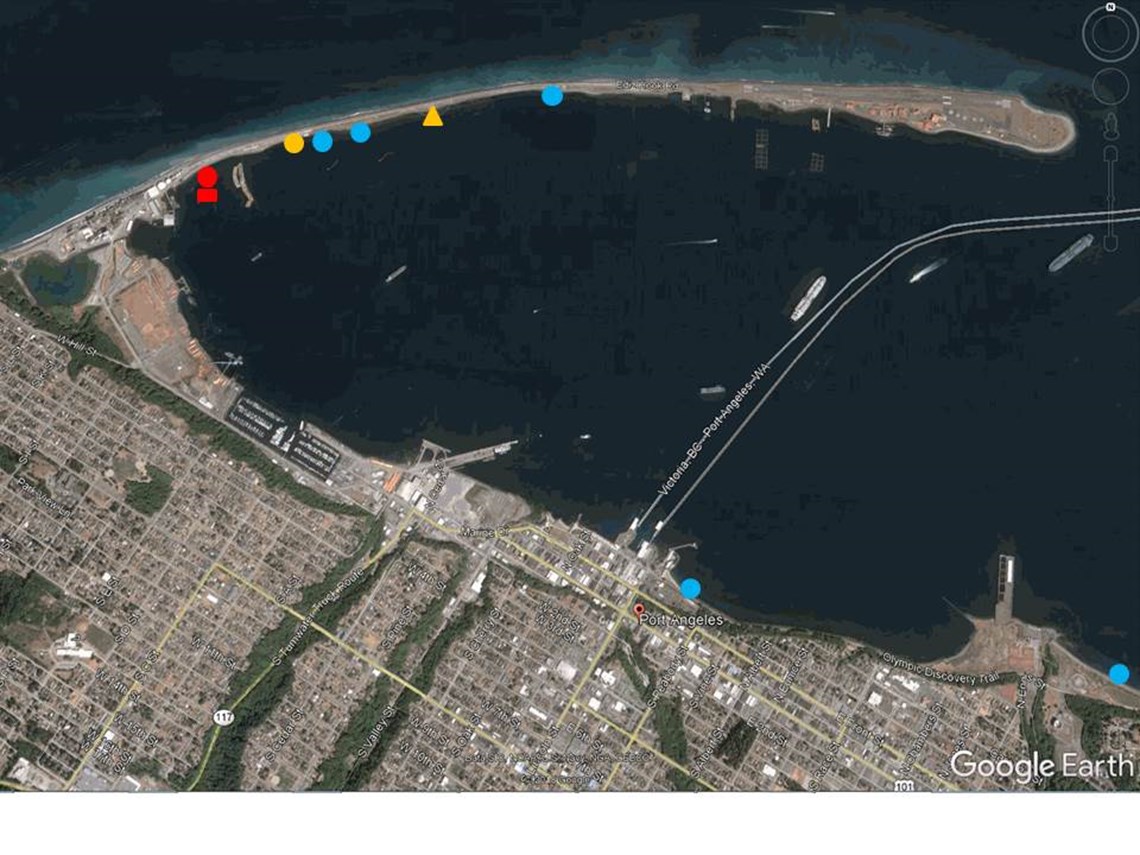
Elwha Beach
In July 2017 the effort was expanded to include two sites on the beach east of the Elwha River mouth. The Lower Elwha tribal members have seen forage fish along this beach and teh sampling was commenced to document if they are spawning on the newly restored beach after the Elwha Dam removals. In September 2018 three surf smelt eggs were documented at the mouth of the river. Because the sediment at the eastern end of the beach has coarsened over time the sampling at the two stations, Angeles Point and Each Beach Lake, have been discontinued and instead one station was added near the mouth of the river. Sampling at the two sites was discontinued in fall of 2019 and because of Covid-19 was not resumed in the spring of 2020.
The map shows the results of the laboratory analysis of the samples collected on the Elwha Beach between 2017 and 2019.
Circles: blue - no eggs (any species), orange - surf smelt low number of eggs, red - surf smelt greater than 10 eggs in a sample.
